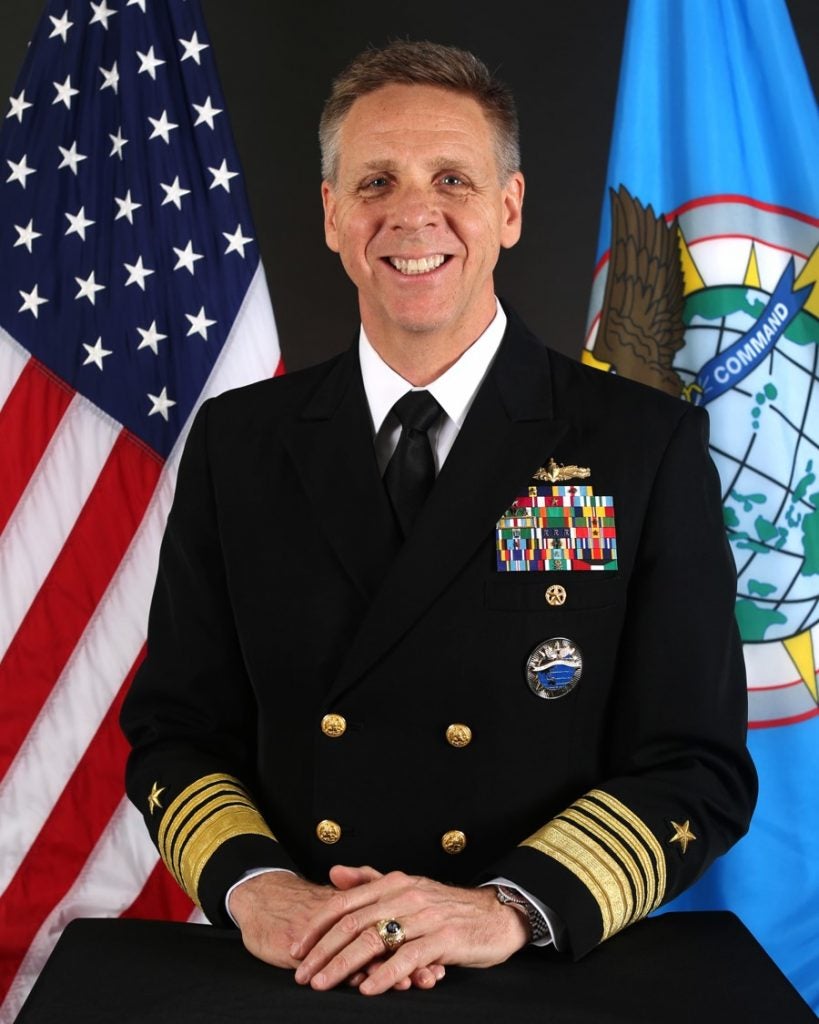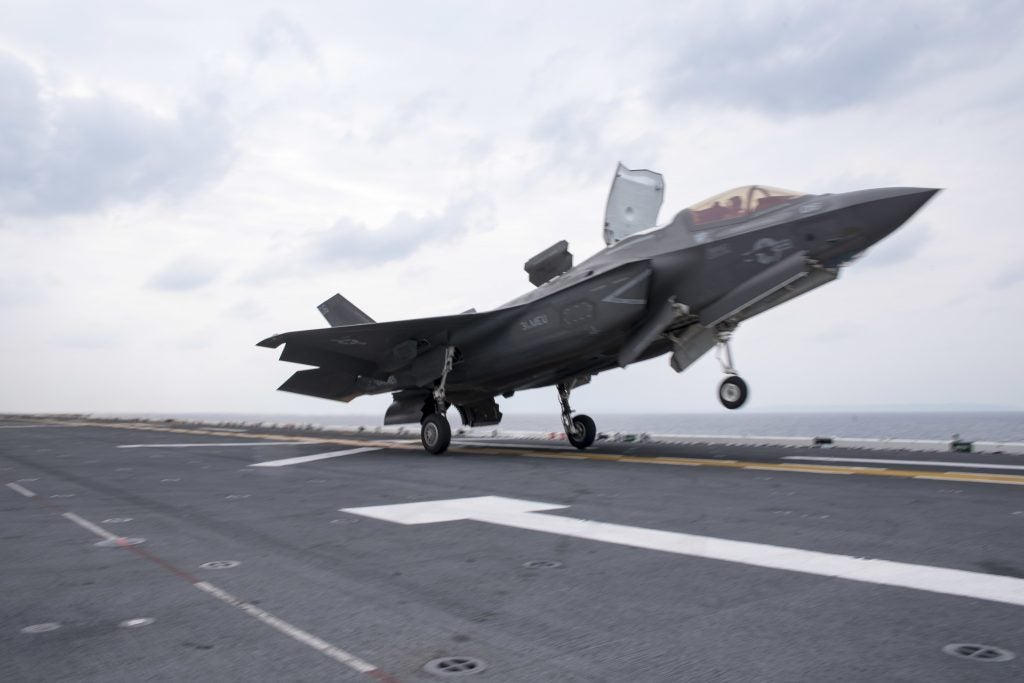US Admiral Philip Davidson Lays Out Indo-Pacific Vision
Speaking at a virtual event being held by the Armed Forces Communications & Electronics Association, US Admiral Philip S. Davidson laid out a vision for military and wider geopolitical success in the Indo-Pacific based on four pillars:
- Increasing joint force lethality
- Enhanced force design and posture in the Indo-Pacific
- Strengthening alliances and partnerships
- Exercise experimentation innovation involving international partners
Overall, these general points are nothing new; they more or less reinforce the points which have been made by American military leadership over the past few years and closely match the reports and papers made available by the DoD to congress and the public. Nevertheless, there are a number of interesting details to pick out among the more specific statements made by the admiral.

One interesting example is the mention “of a joint network of live, virtual and constructive ranges in key locations around the region” being in development to further multi-domain training and innovation across the region in partnership with key allies. Another a focus on reinforcing the capabilities available to better protect forward-deployed US forces with integrated air and missile defenses.
A number of other key technologies were also brought up, including space-based persistent radars, artificial intelligence, quantum computing, remote sensing, machine learning, big data analytics and 5G technology. While some of these are once again a repeat of what we’ve come to expect from the Pentagon, some like quantum computing don’t tend to come up that often in the media. A final point of note is how the alliance network is increasingly becoming highlighted as critical to success; unilateral American action is seemingly no longer even worth considering. The alliance network, not the US military, was described as “the backbone of the free and open international order” which provides the force needed to counter aggression in the region.
In other recent news related to the American stance towards Asia, Secretary of Defense Austin began the month by issuing initial guidance to the newly formed China task force. The organization is expected to conduct “a baseline assessment of departments, policies, programs and processes on China-related matters” over the next 4 months. The findings should make their way into the upcoming Global Posture Review and offer an opportunity for the Pentagon to provide its input into the wider “whole of government” China policy.

